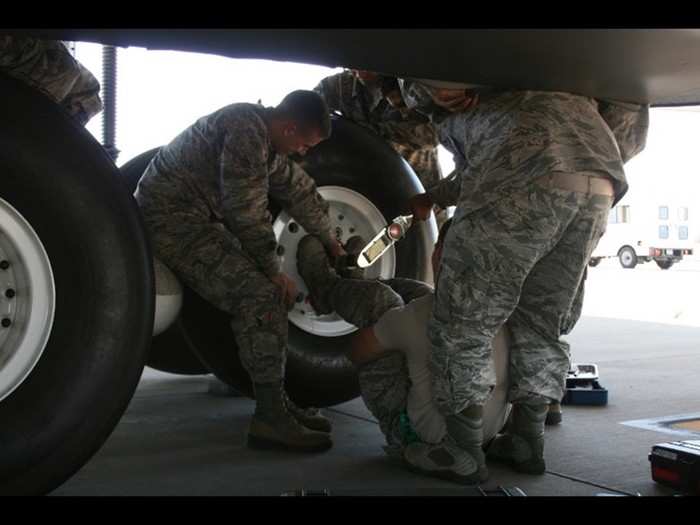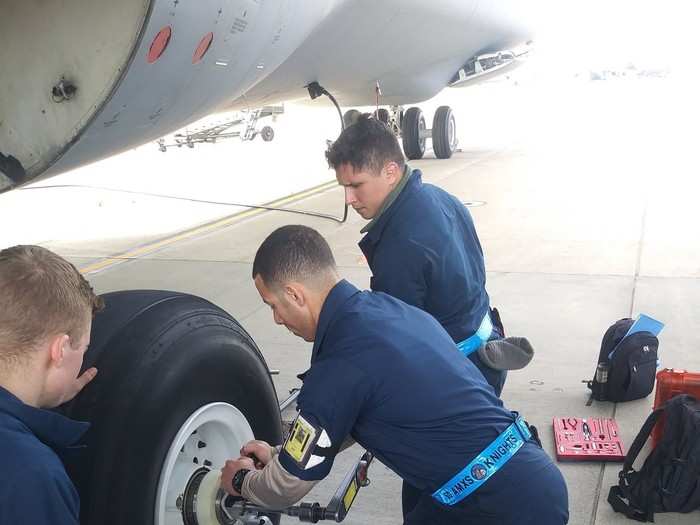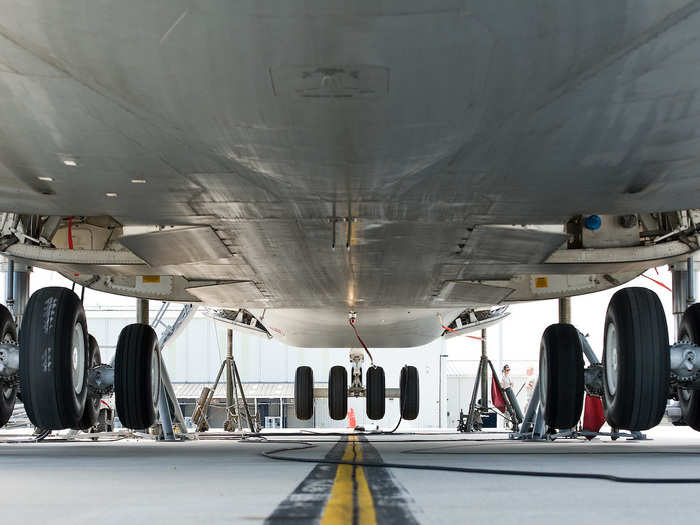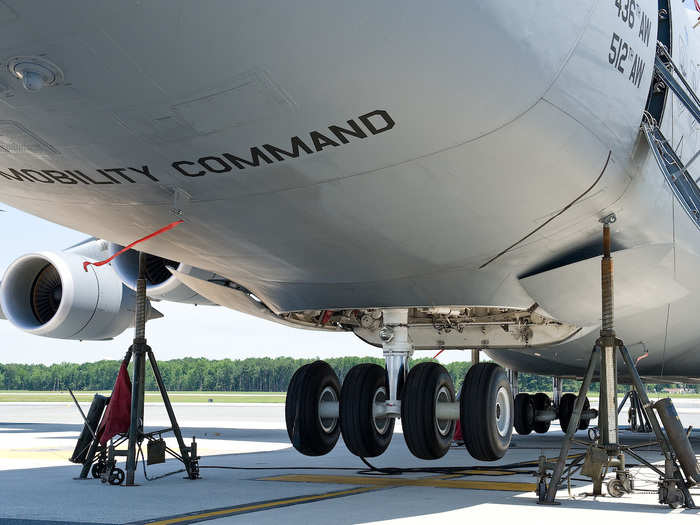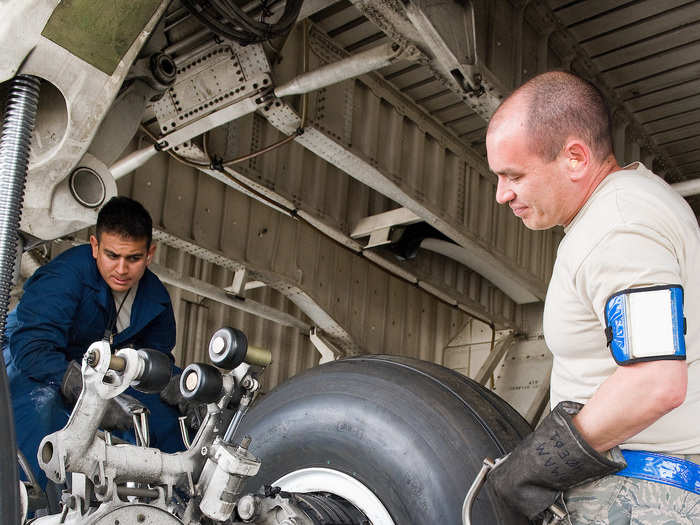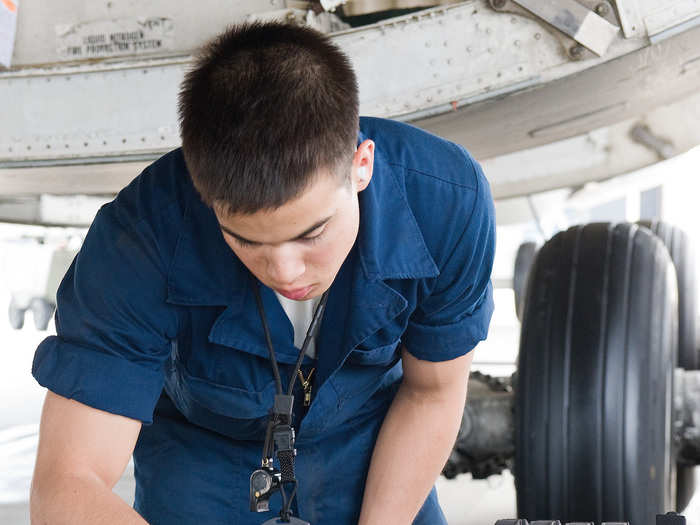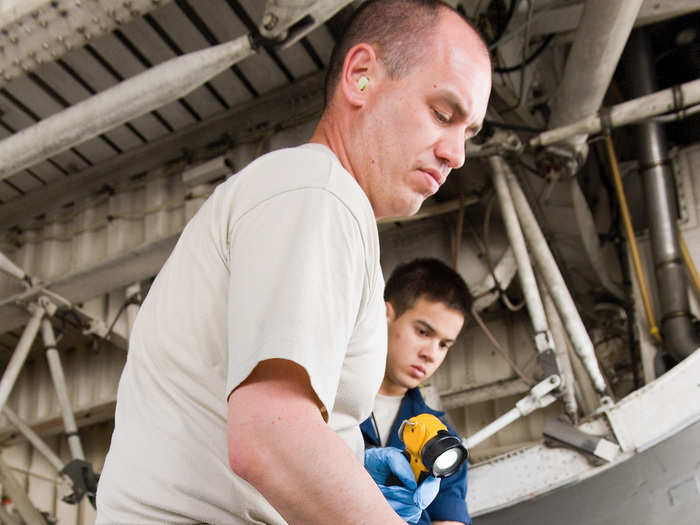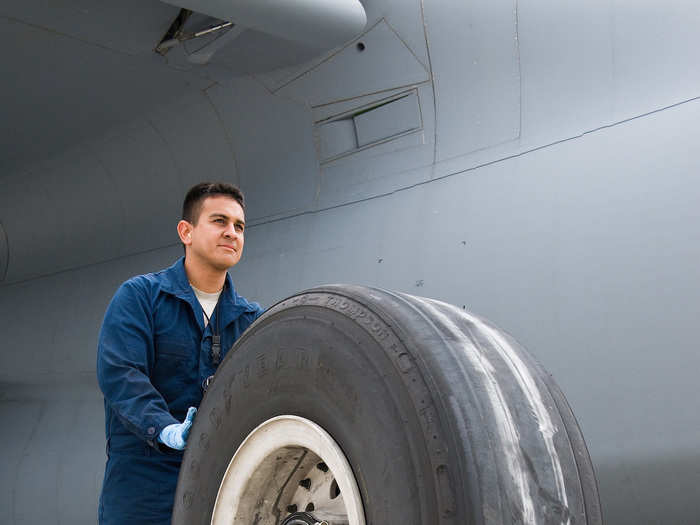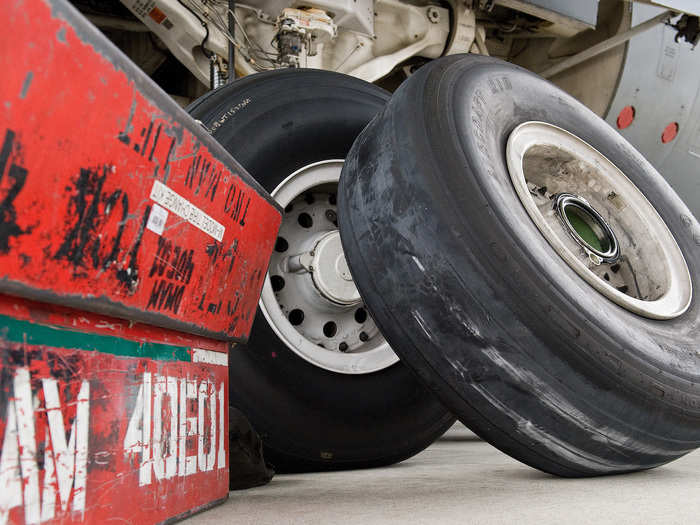The primary technical focus of JFWORX projects is the rapid development of customer-centric projects that will provide real-world solutions to existing warfighter needs.
JFWORX develops near term, innovative solutions to warfighter operational needs. Department of Defense organizations interested in working with the JFWORX team can contact the Materials and Manufacturing Directorate's Corporate Communications team at AFRL.RX.CorpComm@us.af.mil to learn more.
The Air Force Research Laboratory (AFRL) is the primary scientific research and development center for the Air Force. AFRL plays an integral role in leading the discovery, development, and integration of affordable warfighting technologies for our air, space, and cyberspace force. With a workforce of more than 11,000 across nine technology areas and 40 other operations across the globe, AFRL provides a diverse portfolio of science and technology ranging from fundamental to advanced research and technology development. For more information, visit: www.afresearchlab.com.

